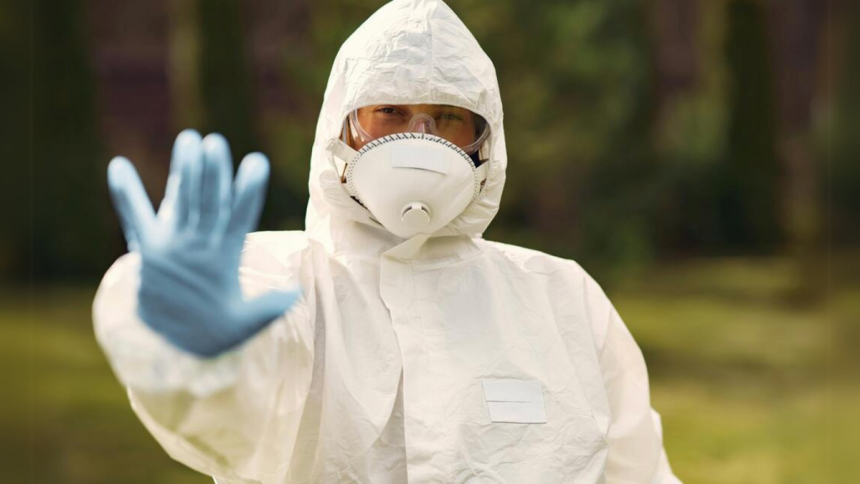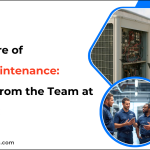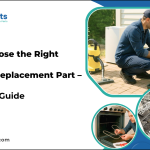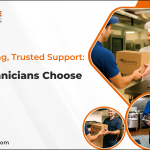Every work environment, including construction sites, laboratories and warehouses, demands absolute safety because it remains non-negotiable. Professionals understand that safety equipment investments deliver both life-saving protection and financial security instead of being treated as mere expenses by certain employers.
Cheap Gear Costs More in the Long Run
The company’s core value approach to safety produces organisational advantages that extend into multiple departments. Safety protection beyond accident prevention leads organisations to develop an atmosphere where personnel feel secure and receive professional respect. This, in turn, leads to greater productivity, lower turnover, and ultimately, cost savings.
The money saved from using inferior safety gear creates immediate financial advantages that represent risks to both bodily safety and organizational resources. Faulty or inadequate gear in use leads to costly lawsuits as well as damaged reputation alongside workers’ compensation claims and production stoppages. The use of trustworthy and authorised equipment results in reduced liabilities and continuous operational stability and keeps staff members motivated.
People should assess every expense involved with buying personal protective equipment (PPE) before making their purchase. Items priced at low levels usually have limited durability while also lacking the required protective standards. Periodic replacements drive up long-term expenses for the organisation. Quality safety equipment that comes from well-known suppliers stands up to Australian standards and functions well while maintaining comfort because these factors demonstrate a superior investment approach.
Why Quality Gear Saves Lives
Quality safety supplies demonstrate their vital functions by protecting personnel from injuries while saving people’s lives. High-visibility vests along with properly fitted respirators function as frontline protective shields when combined with other Personal Protective Equipment on road sites and chemical laboratories. Any faulty equipment happening in an unfavorable moment can become the distinction between surviving an incident and encountering deadly consequences.
Specialised Safety in Healthcare and Labs
Several healthcare sectors face a specific need for PPE because it serves to defend medical staff who work along with protecting patients from harm. The guide to medical lab and healthcare PPE guidelines specifies strict standards that gloves, face shields, gowns and respirators need to meet. The quality and effectiveness of PPE serve dual roles to prevent cross-infections and let essential workers safely perform their responsibilities in these workplaces.
Organisations benefit from quality investments since these steps make their compliance and inspection processes more efficient. The Australian occupational health and safety standards exist with strong intent to safeguard lives and minimize avoidable dangers. Businesses that use top-quality personal protective equipment maintain regulatory compliance which reduces both the need for costly inspections and emergency audit remedies. Companies that deal with reputable suppliers gain access to documentation systems that ease reporting obligations while achieving greater reporting transparency.
Better Safety Means Better Performance
Good safety equipment provides workers with two key benefits that many people fail to recognise as improved operational performance. Design, along with comfort levels in equipment, guarantees regular worker usage. Employees tend to use PPE correctly when they experience good breathability combined with a comfortable fit and maintain their production capabilities. A pair of lightweight steel-capped boots safeguards workers from injuries during extended work shifts due to their sturdy build. The combination of safety glasses that combat fogging and provide UV protection enhances worker focus, which translates to reduced work-related errors.
Quality equipment consists of protection that makes training programs more successful. Staff can acquire safety procedures and safety habits which they will routinely use through equipment protocols. The safety equipment implementation demonstrates professional dedication from management and their commitment to supporting employee health. The establishment of safety-conscious culture demands this form of reinforcement system.
Successful business relationships with respected safety equipment suppliers enable businesses to receive expert guidance as well as specialised solutions while gaining access to modern safety tools. Suppliers who serve your business sector will help you detect upcoming market threats and regulatory modifications. Your supplier will show you proper procedures for maintaining and replacing PPE as well as helpful advice on equipment storage, which minimises accidents involving old or outdated protective gear.
Conclusion
Workplace safety continues to rise in public attention because public perception plays an active role during this period. Organizations that focus on safety investment gain full trust from all their personnel as well as their customers and business investors. A robust safety performance and strategic management of workplace risks create significant advantages for business growth opportunities and corporate reputation development.
The modern organisation should view occupational safety measures as a fundamental component for driving value across operations. Quality safety equipment investments generate two kinds of returns through both financial bookkeeping and personal staff wellness. Quality safety equipment proves to be an important investment because peace of mind lacks a specific monetary value yet the actual expenses of injuries and illnesses and legal liabilities demand a strong financial commitment.
Your business will secure a sustainable future by focusing on safety across all operational areas.
Lynn Martelli is an editor at Readability. She received her MFA in Creative Writing from Antioch University and has worked as an editor for over 10 years. Lynn has edited a wide variety of books, including fiction, non-fiction, memoirs, and more. In her free time, Lynn enjoys reading, writing, and spending time with her family and friends.















